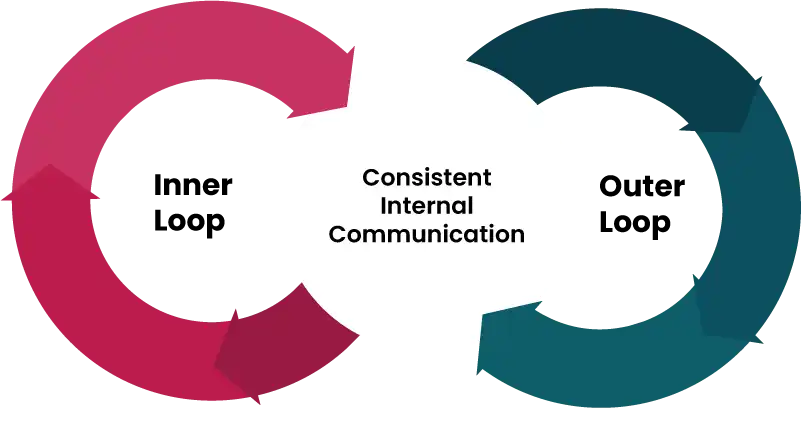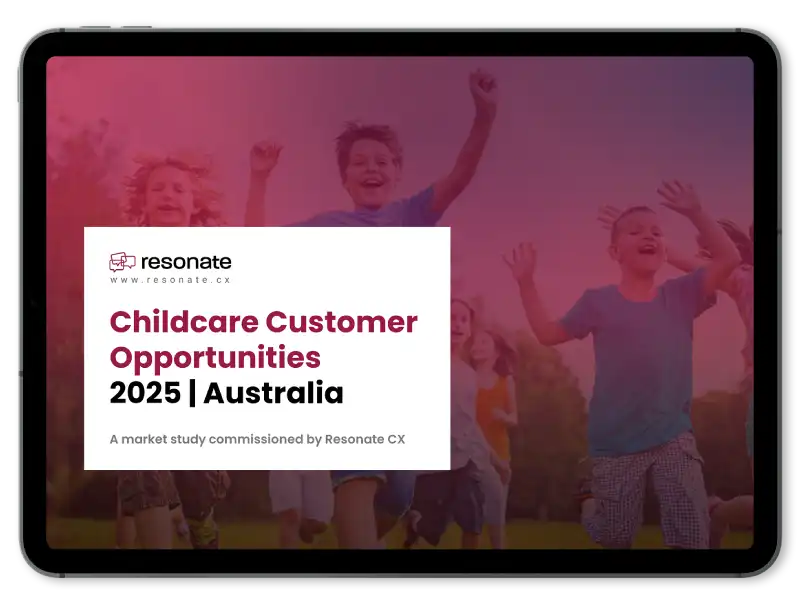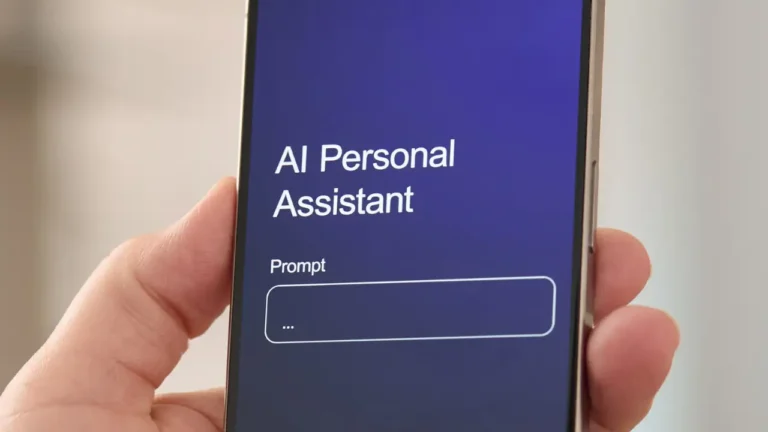TLDR:
- A multi-channel feedback strategy is critical because customer experience (CX) is the key differentiator in a competitive marketplace. Relying solely on a single survey channel creates blind spots; therefore, businesses must combine quantitative data with qualitative insights across various touchpoints to build a richer, more reliable picture of their customers.
- Quantitative feedback provides measurable data used to track performance and compare results over time. This format includes short, targeted surveys to measure key metrics like Net Promoter Score (NPS) and Customer Satisfaction (CSAT), as well as lightweight polls and ratings for immediate reactions.
- Qualitative feedback is essential for understanding the underlying motivations and context—the “why”—behind customer scores. This deep-dive feedback is collected through open-text fields, user interviews, focus groups, and session recordings, which can be further analyzed using sentiment analysis tools.
- Numerous feedback collection channels must be aligned with specific customer journey touchpoints. These channels range from flexible Email and Web Surveys for reflective post-purchase input to real-time options like Chatbot Surveys, QR Codes for in-store experiences, and Kiosk/Tablet Surveys in physical environments.
- The most crucial step in a CX program is turning feedback into action to prevent customer frustration and survey fatigue. This requires a centralized management platform to organize and route insights quickly to the appropriate teams, thereby effectively “closing the loop” by communicating back and making visible service improvements.
Are you really listening to your customers, or are you just hearing them? In a marketplace where products and prices are often easy to match, customer experience (CX) is what sets businesses apart. At the heart of great CX is customer feedback, or insights straight from the people who interact with your brand every day.
Modern customers want their voices to be heard, and they expect businesses to act on what they say. Living up to this standard means going beyond a single survey sent once in a while. It calls for a multi-channel approach that gathers feedback in different formats, across touchpoints, and in ways that feel natural to the customer.
This guide will help you navigate the maze of feedback formats and collection channels so you can listen smarter, act faster, and build loyalty that lasts.
Why a Multi-Channel Feedback Strategy is Critical
Customer expectations have evolved quickly. Shoppers are no longer satisfied with giving feedback only at the checkout counter or via a post-purchase email. They want to be able to share their views while browsing a website, engaging with a chatbot, or even scanning a QR code in-store. In fact, according to a survey commissioned by Khoros, 62% of customers want to be able to use a variety of channels when communicating with brands. However, the same survey found that 77% of respondents struggled to create a cohesive journey across channels and devices.
Relying on a single feedback channel can leave you with blind spots. For example, while email surveys may capture reflective feedback after a purchase, they might miss real-time frustrations a customer experiences navigating your website. Similarly, a pop-up survey may gather quick impressions but fail to capture the depth behind customer motivations.
How can your business overcome these limitations? By combining quantitative data (metrics like NPS or CSAT) with qualitative feedback (open-text, interviews, or usability testing), you get both the “what” and the “why.” This creates a richer, more reliable picture of your customers. And when those insights feed into a feedback loop, you create a continuous cycle of improvement.
Establishing a feedback loop begins when you gather input across multiple touchpoints. Next, you analyse the data to uncover not just surface-level scores, but the reasons behind them. Acting on those insights means assigning ownership, fixing issues, and innovating based on customer needs. Finally, and just as importantly, you close the loop by communicating back to customers. This might be as simple as a thank-you message or as visible as a product update shaped by their feedback.
By completing all four stages, you transform feedback from a transactional survey into a relationship-building exercise. Customers see that their opinions directly influence decisions, which builds trust, reduces frustration, and strengthens loyalty over time.
Top Customer Feedback Formats
When it comes to gathering customer feedback, there’s no one-size-fits-all format. The type of feedback you collect depends on what you want to learn, whether it’s a quick snapshot of satisfaction levels or a deeper understanding of customer motivations. Broadly, feedback formats fall into two categories: quantitative and qualitative.

Quantitative Feedback
Quantitative feedback gives you measurable data, making it easier to track trends and compare performance over time.
- Surveys: These are the backbone of most feedback programs. They are used to measure key CX metrics such as Net Promoter Score (NPS) for loyalty, Customer Satisfaction (CSAT) for immediate sentiment, and Customer Effort Score (CES) for ease of interaction. Short, targeted surveys can deliver quick, actionable data.
- Polls & Ratings: Lightweight and fast, these are perfect for measuring reactions in the moment, whether through a 1-5 rating after a service interaction or a quick poll on a website.
Qualitative Feedback
While numbers can show you how customers feel at scale, they rarely explain the reasons behind those scores. That’s where qualitative feedback comes in. This type of feedback offers the context and detail you need to understand the “why” behind the data.
- Open-Text Fields: Allowing customers to explain their answers in their own words adds depth to otherwise surface-level data. Tools like sentiment analysis can be used to identify patterns in the responses and make sense of them.
- Interviews & Focus Groups: These methods give you a closer look at customer motivations and frustrations. Though resource-intensive, they’re valuable for strategic decisions.
- User Testing & Session Recordings: By observing how customers interact with digital platforms, you can uncover pain points and usability issues that surveys alone may miss.
Multi-channel Customer Feedback Collection
Not all feedback channels are equal, and choosing the right one depends on context. Here’s an overview of the options that businesses typically use:
- Email and Web Surveys: These are flexible, branded, and effective for post-purchase or relationship feedback. Responses from these channels can come in for days after distribution.
- Website or In-App Widgets: Always-on and non-intrusive, these are ideal for capturing insights during digital journeys.
- Chatbot Surveys: These can be used to enable real-time feedback in a conversational format, often while a customer is already engaging online.
- SMS Surveys: With high open rates, SMS works well where email isn’t available or where immediacy is needed, such as after an appointment or delivery.
- QR Code Surveys: This method is a cost-effective way to capture in-store experiences. Customers can scan QR codes from posters, packaging, or receipts.
- Kiosk/Tablet Surveys: Useful in physical environments like stores or service centres, these allow for quick, on-the-spot responses.
- IVR & Voice Feedback: These channels give customers the option to provide immediate input by voice.
- Advanced Options: Channels like facial sentiment analytics can provide directional data in controlled environments. However, these should be used with clear consent and ethical considerations.
The key is to align the channel with the customer journey. Real-time tools like kiosks or chatbots capture immediate impressions, while email surveys and interviews gather more reflective insights.
Turning Feedback into Action
Collecting feedback is just the first step. What you do with it determines whether your program creates value or frustration. Without action, customers may feel like their input disappears into a “black hole,” fuelling survey fatigue.
To avoid this, you need a centralised customer experience management platform that can:
- Organise and tag feedback across multiple channels.
- Analyse both structured and unstructured data for trends.
- Route insights to the right teams quickly.
Closing the loop is essential. According to a 2022 PwC survey, 59% of customers feel companies have lost touch with the human element of CX, and failing to show how feedback is used only widens that gap.

This is an area where a CX management platform with sentiment analysis capabilities can be a powerful ally. Evaluating open-text responses using this feature lets you uncover the emotions and themes behind customer words, not just the scores they leave. Used thoughtfully, these insights can help bring back the human element that many customers feel is missing and ensure that you respond with empathy as well as efficiency. When paired with quantitative metrics, sentiment analysis gives you both the numbers and the nuance, creating a more complete picture of customer experience.
Communicating back, whether through a follow-up email or visible service improvement, demonstrates that feedback matters.
Conclusion: Building a Customer-Centric Future
The most successful businesses aren’t those that simply collect feedback. Rather, they are the ones that act on it with purpose. By diversifying the formats you use and carefully matching collection channels to customer journeys, you create a richer feedback loop that builds trust and loyalty.
Start small if you need to. This can mean piloting a new channel, shortening your surveys, or closing the loop with one customer segment. However, keep the bigger vision in mind, which is a CX strategy grounded in continuous listening and adaptation.
When you use the right feedback format in the right channel at the right time, you don’t just gather data. More than that, you build stronger relationships, better products, and a more resilient business.









